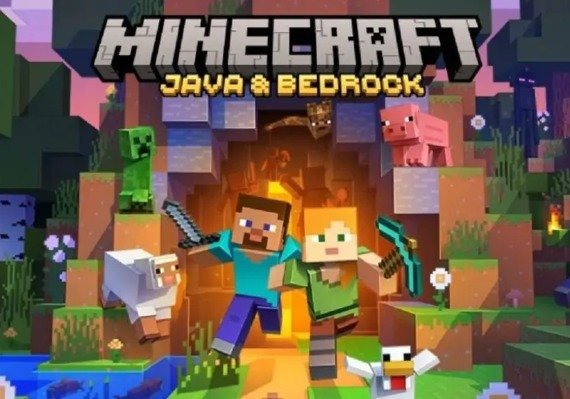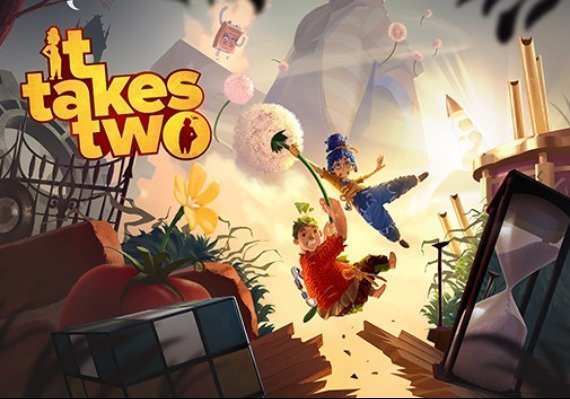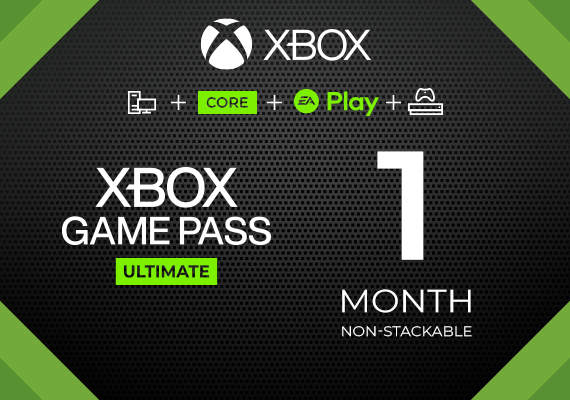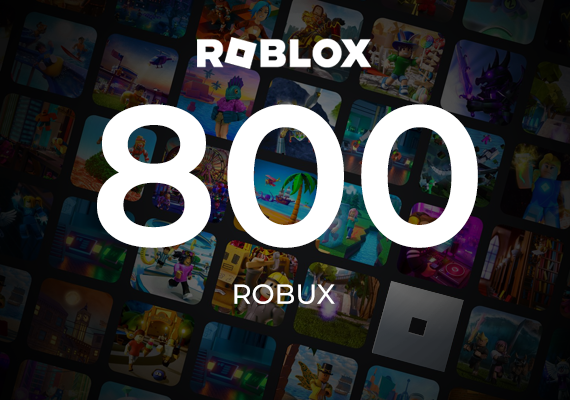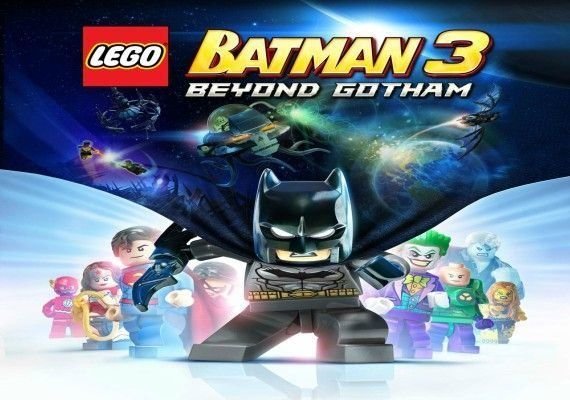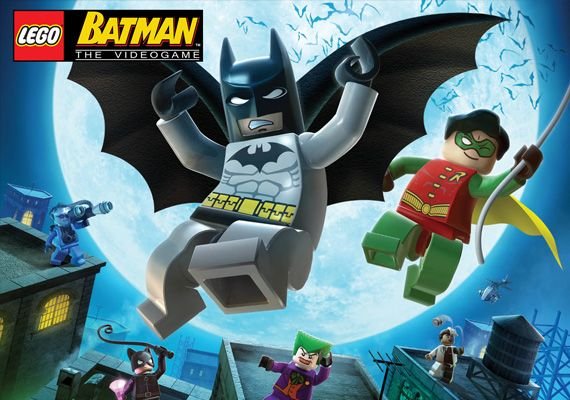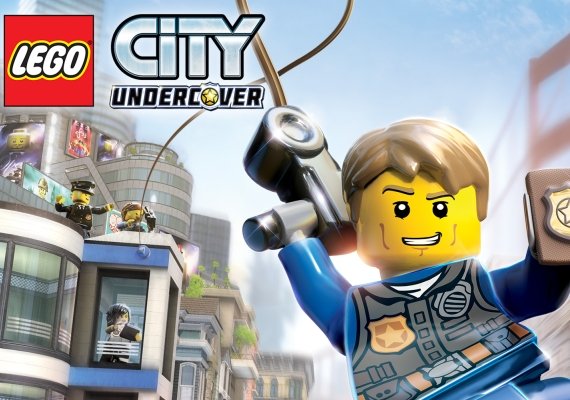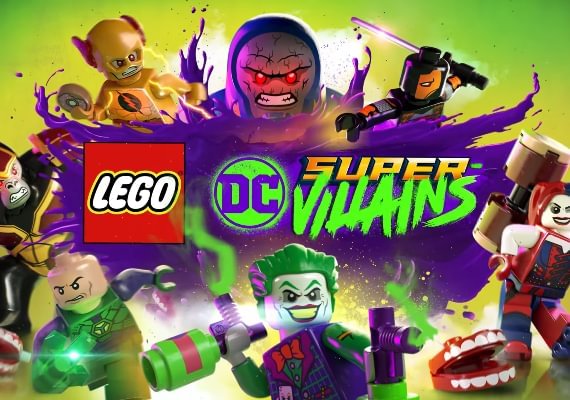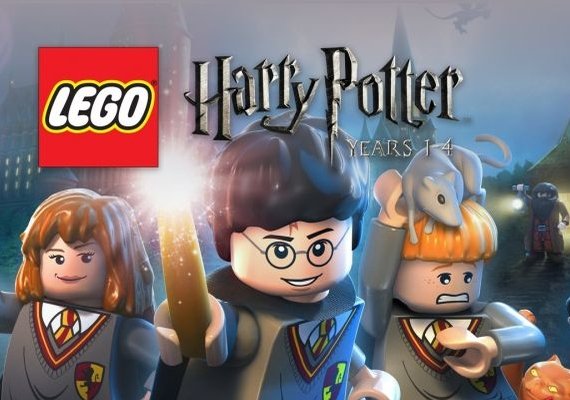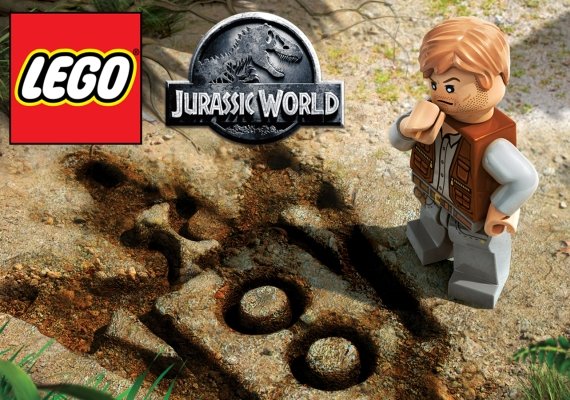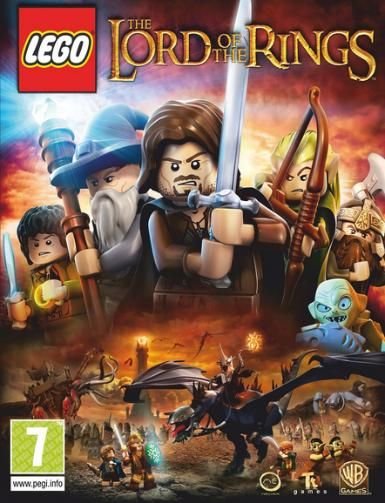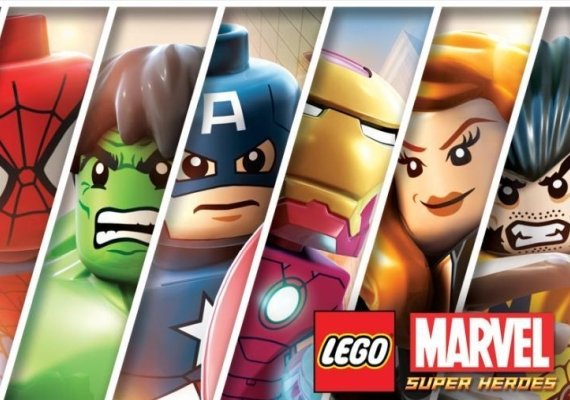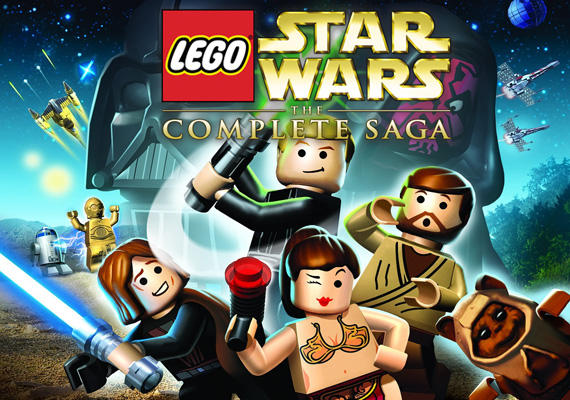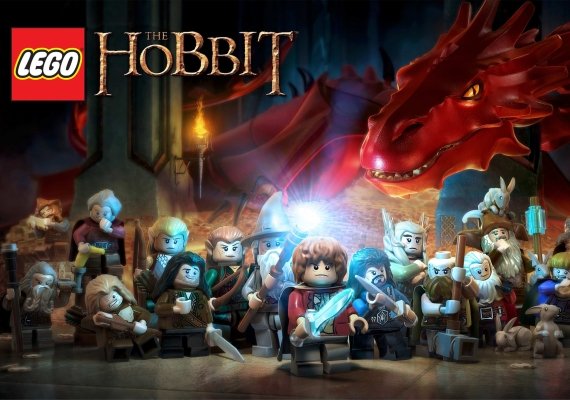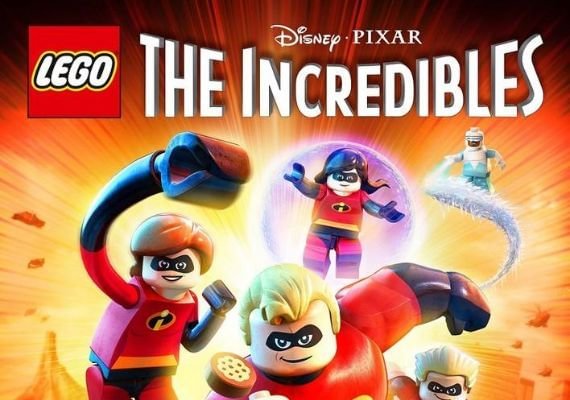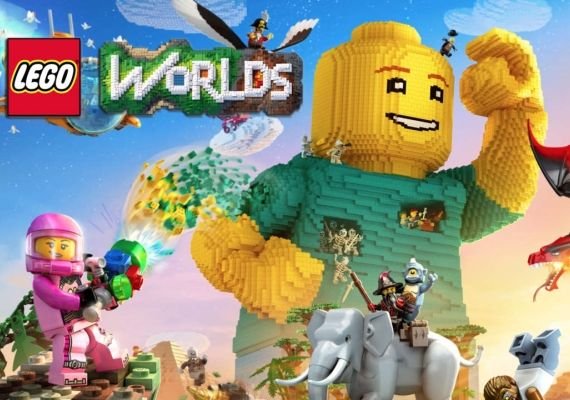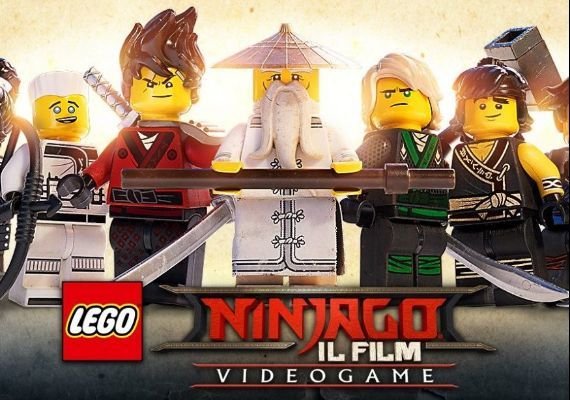LEGO: From Classic Bricks to Gaming Legends
.png)
The Birth of LEGO Video Games and Their Appeal
The journey into the world of video games began in 1995 with Fun to Build, LEGO’s first digital game. Originally released in Japan, Fun to Build allowed players to explore simple digital versions of the LEGO world and create their own structures. Although the game was a very basic attempt at digitizing the LEGO experience, it laid the foundation for what would grow into a billion-dollar industry. The game allowed players to interact with LEGO bricks in a digital space, even though it was far from the expansive, narrative-driven experiences we see today. While Fun to Build wasn’t a commercial success, it set the stage for future titles that would blend the iconic physical toy with the vast potential of digital worlds.
The real breakthrough for LEGO video games came in 2007 with LEGO Star Wars: The Complete Saga. For the first time, fans of the Star Wars universe could explore iconic locations, interact with beloved characters, and experience the full saga with a LEGO-themed twist. It was an instant success. The game combined puzzle-solving action with humorous takes on key scenes from the Star Wars films. From the dramatic battle between Darth Vader and Luke Skywalker to the thrilling podrace on Tatooine, everything was reimagined in LEGO’s distinctive visual style. The humor infused into these iconic moments, like the silent cutscenes and comical takes on serious plots, gave the game its unique charm, and it captivated a broad audience.
The success of LEGO Star Wars opened the door for future games that adapted other major franchises. LEGO Marvel Super Heroes, released in 2013, was another pivotal title that allowed players to control iconic Marvel characters like Spider-Man, Iron Man, and Captain America. Players could team up with superheroes to battle villains and explore famous locations from the Marvel Universe. With LEGO’s signature twist on the material, the game offered both action-packed gameplay and a generous helping of humor, making it a hit with both children and adults. In addition to the superhero games, LEGO Pirates of the Caribbean brought the swashbuckling adventures of Captain Jack Sparrow into the LEGO universe. Players got to experience the memorable moments from the Pirates of the Caribbean films, solve puzzles, and uncover treasure, all while enjoying the LEGO’s signature visual style and sense of fun. These early adaptations were groundbreaking in how they combined popular culture with LEGO gameplay, which was fundamentally based on creativity, exploration, and problem-solving.
.png)
The Appeal of LEGO Games: Humor, Exploration, and Creativity
So, what makes LEGO video games so appealing? Why have they managed to carve out such a dominant place in the gaming industry? First and foremost, LEGO games are accessible. Their straightforward mechanics and humorous approach make them easy to pick up for younger players, while still offering challenges and depth that keep more seasoned gamers engaged. The signature blend of action, humor, and puzzle-solving has allowed LEGO games to cross generational boundaries. Both children and adults find enjoyment in these titles, making them perfect for family gaming experiences.
One of the standout examples of this accessible fun is LEGO City Undercover. This open-world game lets players take on the role of Chase McCain, an undercover cop tasked with solving crimes in a massive LEGO city. The game allows players to explore the city, uncover secrets, and solve crimes, all while enjoying a rich narrative filled with humor and light-hearted action. The sandbox-style gameplay, where players can explore at their own pace, engage in vehicle chases, and interact with a vast number of characters, showcases the core of LEGO's appeal: freedom and creativity.
Another iconic series, LEGO Harry Potter, allowed players to experience the magical world of Hogwarts and relive key moments from the Harry Potter books and films. From casting spells to solving intricate puzzles, the game captures the essence of the Wizarding World in a family-friendly format. The LEGO twist on the Harry Potter universe allowed players to interact with the magical environment in a fun, approachable way, while still staying true to the core elements of the books and films.
It’s this combination of action, humor, and creative exploration that has made LEGO games so universally beloved. They offer a unique way to experience some of the most iconic franchises in the world, all while encouraging players to use their imagination and creativity, much like they would with traditional LEGO bricks.
.png)
The Legacy and Future of LEGO Video Games
The legacy of LEGO video games continues to grow, with more than 200 million copies sold across various platforms. In 2020, the 25th anniversary of LEGO video games was celebrated, highlighting the immense influence the brand has had on the gaming industry. As each year passes, LEGO continues to innovate and expand its video game catalog, reaching new audiences with every release. LEGO Marvel Super Heroes 2 introduced a new roster of characters from the Marvel universe, offering players even more superhero action with LEGO’s signature humor.
More recently, LEGO Jurassic World took players into the heart of Jurassic Park, where they could explore Isla Nublar, interact with dinosaurs, and relive key moments from the blockbuster Jurassic Park films. The game combines exploration, puzzle-solving, and action, all within the LEGO universe. Similar to LEGO Hobbit, this game shows how LEGO continues to bring film franchises to life in a way that is both accessible and fun for all ages.
Whether it's LEGO Batman or LEGO Lord of the Rings, these games consistently bring new worlds and characters to life, merging action, exploration, and humor. What makes them so successful is their ability to balance these elements with LEGO’s core focus on creativity. Each game offers something unique, from building structures to solving puzzles, ensuring that every player’s experience is a fresh one.
Looking to the future, the potential for LEGO video games is vast. With LEGO: Horizon Adventures expanding LEGO’s reach into new genres, the franchise will continue to evolve. As technology advances, new gaming features such as virtual reality or more complex open-world mechanics could further enrich the LEGO experience. We can expect even more worlds, characters, and storylines to be added to the LEGO gaming universe, ensuring that fans old and new continue to find joy in the creativity that defines LEGO games.
.png)
LEGO: From Classic Bricks to Gaming Legends is more than just a tagline—it’s a reflection of the remarkable journey LEGO video games have taken over the past 25 years. What began as a simple digital extension of the LEGO toy has transformed into a global gaming phenomenon. With LEGO: Horizon Adventures and the ever-expanding catalog of LEGO games, the brand has cemented its place not just in toy stores, but in living rooms, digital worlds, and gaming history.
As we look forward to the next chapter in LEGO gaming, it’s clear that the legacy of LEGO—whether through the construction of physical sets or the exploration of virtual worlds—will continue to inspire and captivate generations of players. LEGO has shown that creativity, humor, and fun can transcend formats, and as long as there are new worlds to explore, LEGO will continue to build and innovate for players worldwide.


